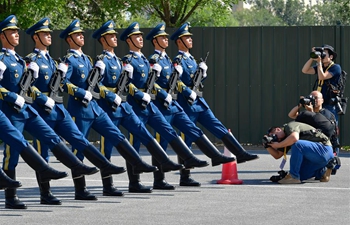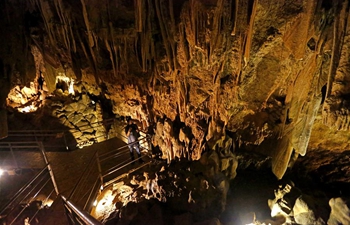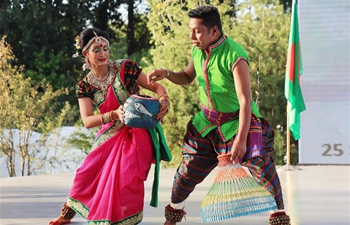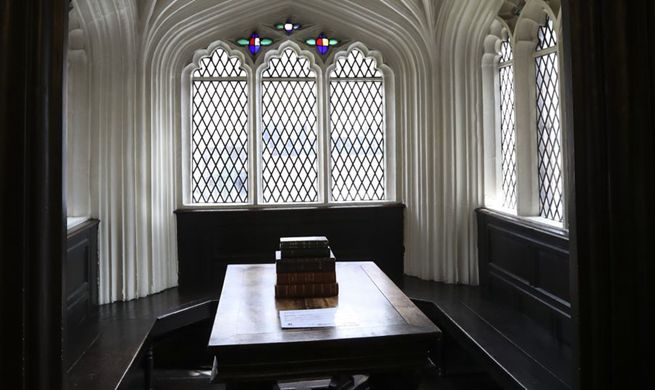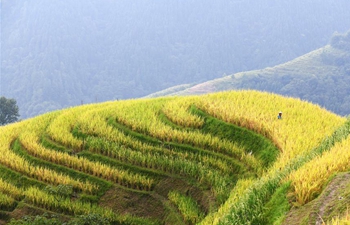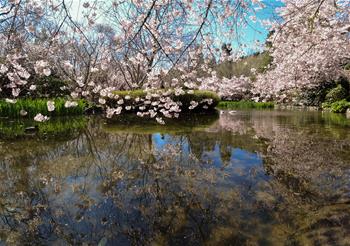HOHHOT, Sept. 26 (Xinhua) -- The average life expectancy of herders in north China's Inner Mongolia Autonomous Region saw a prominent jump since 1949, thanks to improving medical and living conditions.
The current average lifespan of herdsmen in Inner Mongolia stands at 75.3 years, according to the regional health commission.
This is a significant rise from 1949, when the average life expectancy in the whole region was around 35 years, and that for people of Mongolian ethnic group was just 19.6 years.
Harsh living and weather conditions had kept the average lifespan of herdsmen at a low level in the region before 1949.
"In the old days, pregnant women had to turn to midwives without any professional medical background to deliver, which was like facing jaws of death. Now we go to nearby hospitals and it's much safer," said Namurqiqig, whose mother is 95 years old.
Improvements in medical services have significantly helped to raise herders' average life expectancy in the region.
As of 2018, basically every town-level region in Inner Mongolia has a health center, and every village has its own clinic. The maternal and infant mortality rates were just 0.01 percent and 0.38 percent.
Diseases such as smallpox, poliomyelitis and tuberculosis that once ravaged the grasslands have all almost disappeared in recent years.
"When I was a child, I went to the temple to treat diseases. In the 1970s and 1980s, doctors regularly rode horses to visit us. Now everyone has a contracted family doctor," said Sumgud, 68.
Now chronic diseases including heart and cerebrovascular diseases, malignant tumors and respiratory diseases are among the top causes of death for herdsmen.
"The average life expectancy of herdsmen will soon exceed 76 years, catching up with the average for the autonomous region," said Xu Hongzhi, director of the regional health commission. "We must adapt to this situation and provide better medical and health services for them in the future."





